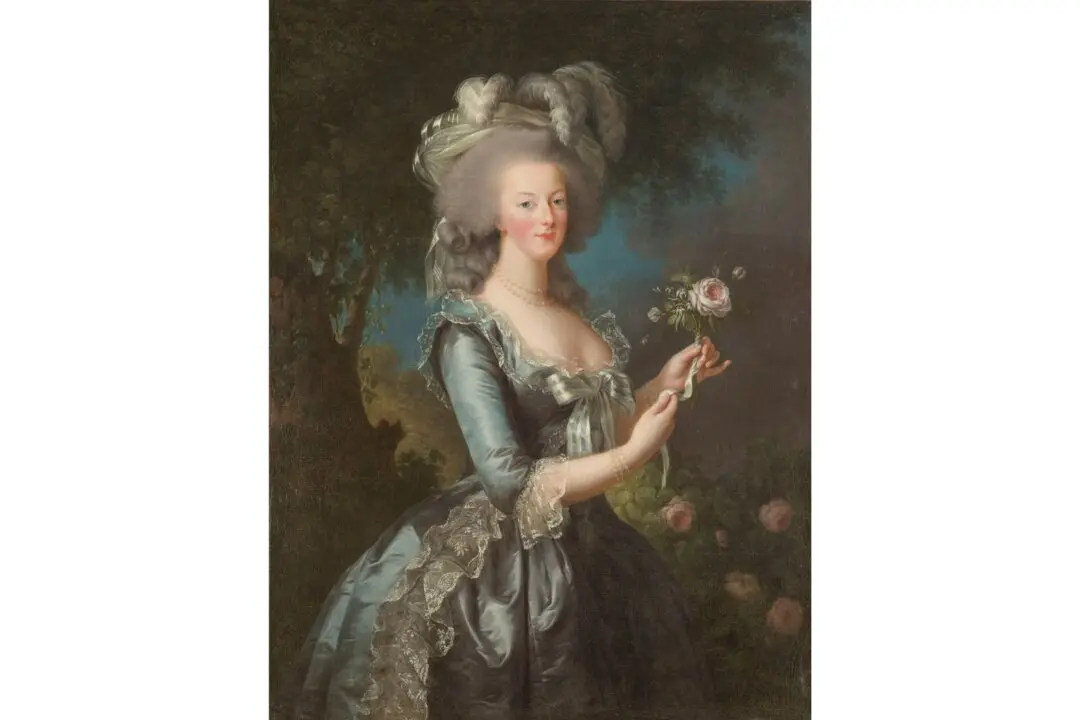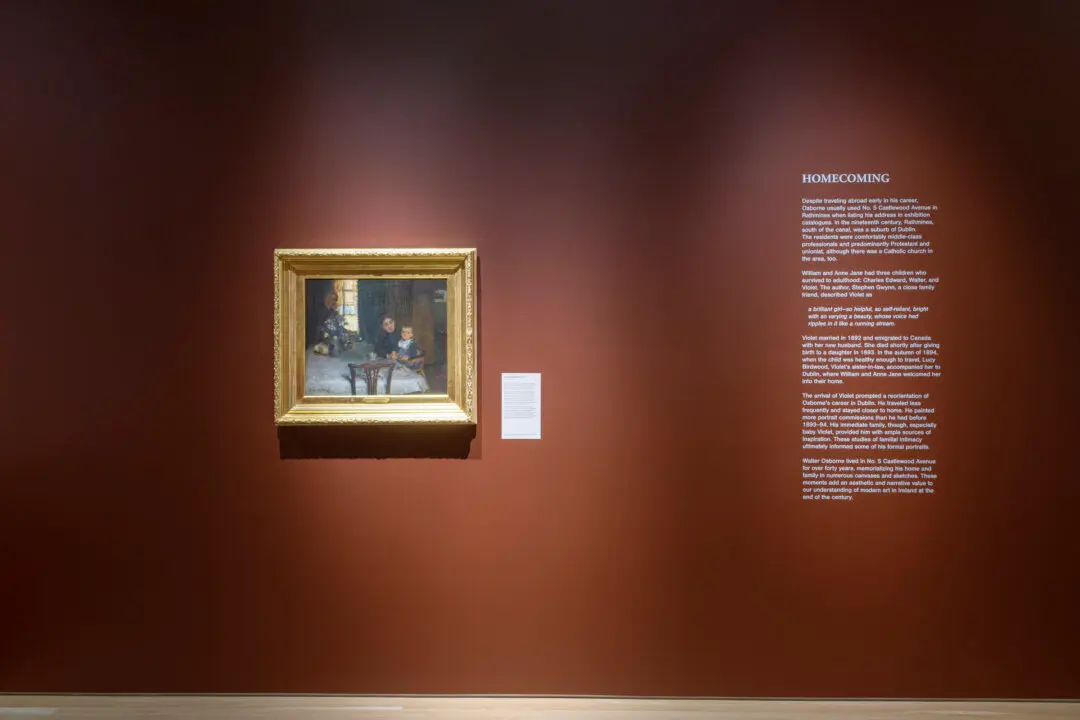In 1966, Vogue photographer Cecil Beaton captured renowned art collector and philanthropist Jayne Wrightsman’s portrait. Just a year earlier, in 1965, Wrightsman had been added to the International Best Dressed List Hall of Fame. Fittingly, in the photograph, Wrightsman is pictured elegantly poised on a settee in her Versailles-esque New York apartment.
It was around 1950, in admiration of the art and interiors of 18th-century France, that Wrightsman and her husband, Charles, decided to decorate their homes in the French courtly fashion. They filled their homes with exquisite French paintings, sculptures, gilded furniture, and objets d’art—many once owned by kings, queens, dukes, and duchesses.






